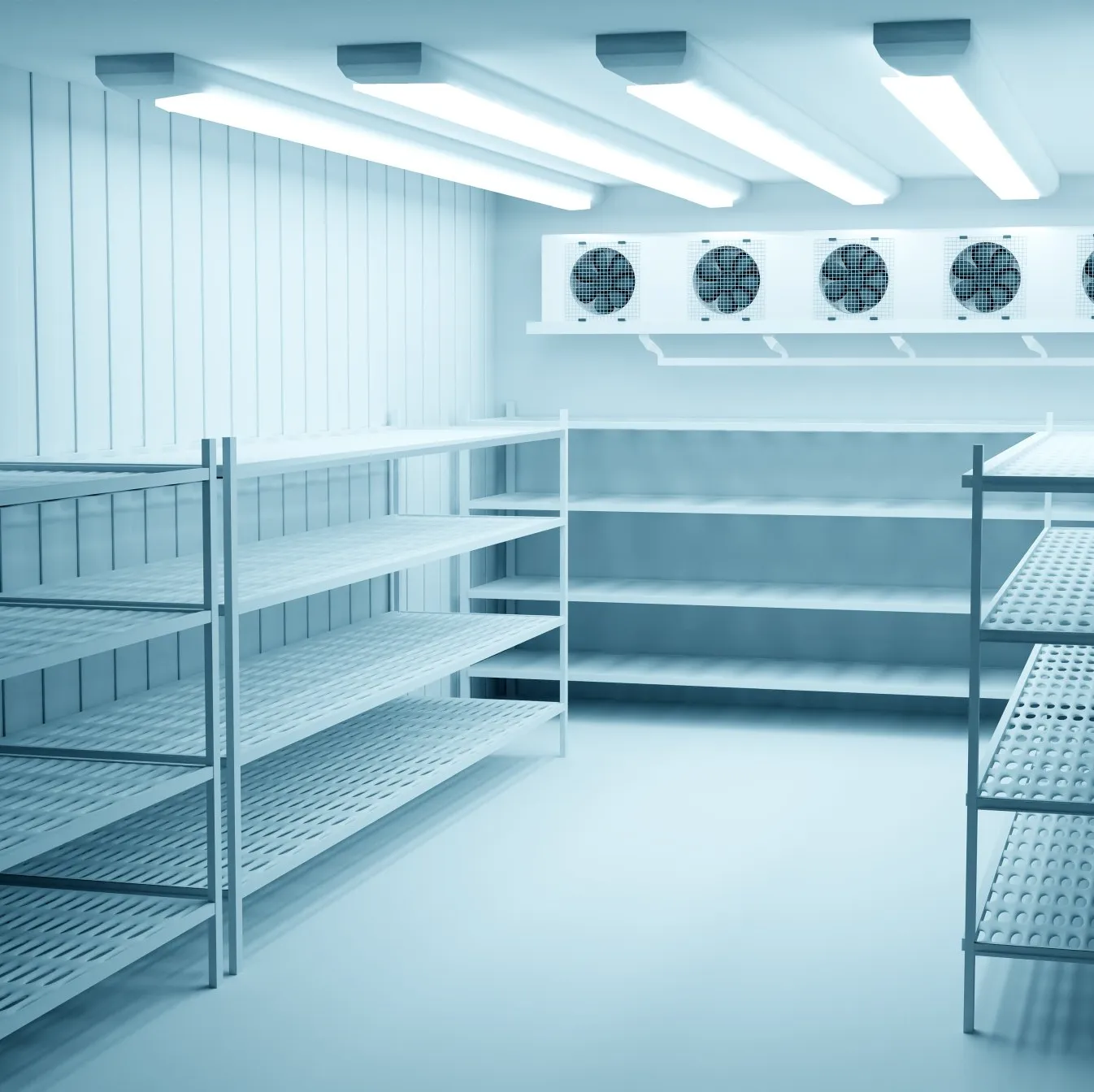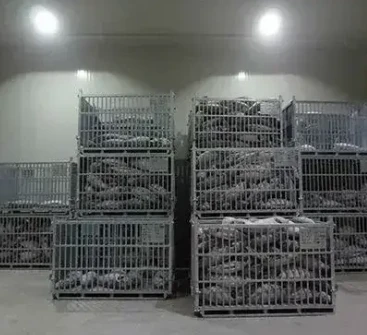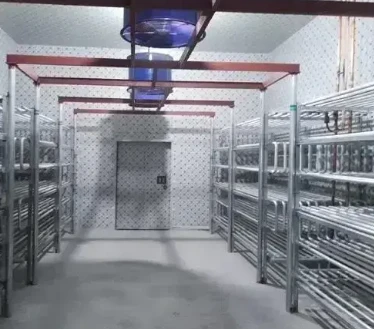blast freezer temperature company
Understanding Blast Freezer Temperature Management for Food Safety
In the food industry, maintaining the integrity of perishable products is of utmost importance. This is where blast freezers come into play. These specialized freezers are designed to rapidly lower the temperature of food items, ensuring that they are frozen quickly to lock in freshness and prevent spoilage. However, to realize their full potential, understanding and managing blast freezer temperature is crucial.
What is a Blast Freezer?
A blast freezer is a piece of equipment that cools food rapidly from room temperature down to a deep freeze temperature, typically around -18°C (0°F) or lower. The process of blast freezing involves subjecting the food to extremely cold air circulation at high speeds, which efficiently removes heat from the items. This rapid freezing process significantly minimizes the formation of ice crystals within the food. Smaller ice crystals mean that the cellular structure of the food remains intact, preserving its quality, texture, and flavor upon thawing.
Importance of Temperature Management
Temperature management is a critical aspect of operating a blast freezer. The right temperature must be achieved and maintained throughout the freezing cycle to protect food quality. If food is not frozen quickly enough, larger ice crystals can form, leading to cellular rupture and subsequent degradation in texture and taste. Moreover, maintaining the correct blast freezer temperature is essential for food safety. Pathogenic bacteria can proliferate at improper temperatures, increasing the risk of foodborne illnesses.
Best Practices in Blast Freezer Temperature Management
To ensure optimal operation of blast freezers, several best practices should be followed
blast freezer temperature company

1. Regular Calibration It is vital to regularly calibrate temperature sensors and monitoring systems within the freezer. This ensures that readings are accurate and that the freezer operates within the required temperature ranges.
2. Pre-Chill Products Prior to placing products in the blast freezer, it's advisable to pre-chill them. When hot or warm items are added directly to a freezer, it can raise the internal temperature, affecting the freezing process. Pre-chilling helps maintain the efficiency of the freezer.
3. Load Management Employ proper load management techniques. Overloading a blast freezer can hinder airflow and slow down the freezing process. It is crucial to allow enough space for air circulation around the items being frozen.
4. Monitor Temperature Implement continuous temperature monitoring systems that provide real-time alerts. This technology can help quickly identify when temperatures fall out of the desired range, allowing for immediate interventions.
5. Regular Maintenance Routine maintenance of the blast freezer is essential to ensure reliable operation. This includes cleaning the evaporator coils, checking for potential refrigerant leaks, and verifying that door seals are intact.
Conclusion
In conclusion, the efficiency and effectiveness of a blast freezer are largely dependent on proper temperature management. By understanding how to operate these systems correctly, food businesses can extend the shelf life of their products, maintain quality, and ensure consumer safety. With an increasing focus on food safety and quality in the industry, investing time and resources into managing blast freezer temperatures is not just recommended—it is necessary. As the food supply chain continues to evolve, having reliable methods in place for freezing and storing food will play a crucial role in meeting both regulatory standards and consumer expectations. Food safety, quality, and efficiency can all be maximized through diligent temperature management in blast freezers.
-
Transform Operations with Vacuum Freezer MachineNewsMay.14,2025
-
Enhance Business with Cold Room TechnologyNewsMay.14,2025
-
Vacuum Freezer Machine for Modern NeedsNewsMay.09,2025
-
Discover Our Comprehensive Cold Room SolutionsNewsMay.09,2025
-
Cold Room Solutions for Your BusinessNewsMay.08,2025
-
Advanced Vacuum Freezer MachineNewsMay.08,2025
















































































































